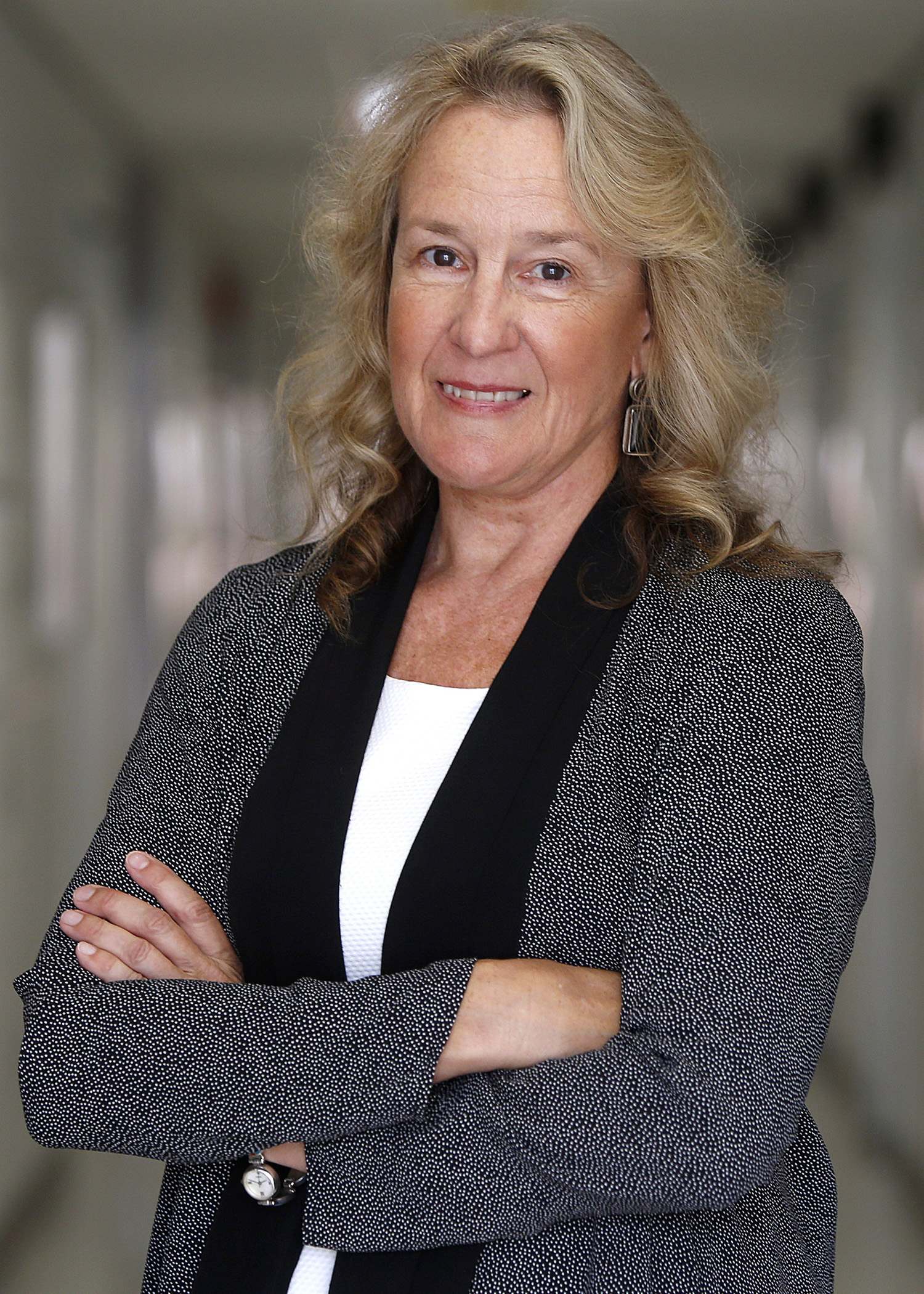
Twelve students, from the MRes Experimental Neuroscience and MSc Translational Neuroscience courses, interviewed Prof. Carol Barnes, the director of the Evelyn F. McKnight Brain Institute at the University of Arizona, a member of the National Academy of Sciences and has been the President of the Society for Neuroscience.
The questions were designed by: Adriana Bakoulina, Ida Bomann, Churuo Cui, Aglaia Freccero, Janice Kim, Patrick Kleine, Xinyi Li, Karen Nyga, Ryan Scott, Hyunjin Shin, Olivia Thackeray, Yuting Wang.
You are a scientist who has worked in several laboratories worldwide; how did you transition between different labs? And what advice would you give on collaborating with other researchers?
Doing science in several countries (USA, Canada, Norway, England) was truly an enriching experience. Every laboratory has its own norms, and expectations – and the science infrastructure was very different in each of the countries that I have lived and worked in. I did not ‘plan out ahead of time’ how to do this – I just followed the ‘science that I wanted to get training in’ at the time and applied to the appropriate laboratories. So my advice would be to ‘not limit yourself’ necessarily to your country of origin – if there are labs outside your country that are at the cutting edge of the science you want to do. The transitions felt ‘natural’ into the labs I chose– the cultures were definitely different, but I learned so much from those experiences.
How did you feel about moving from psychology to neuroscience? And what advice would you give students planning to follow a similar change of scientific ‘fields’?
I never changed scientific fields. When I began graduate school in 1971, the Society for Neuroscience did not exist – and the field of neuroscience was just beginning. I was always in a “Biopsychology” or “Physiological Psychology” program – and these morphed into what is modern-day cognitive and systems neuroscience. So I have never ‘changed fields’, the name of ‘what I do in science’ is what has changed.
What inspired you to create the Barnes Maze test and how do you think it revolutionized animal memory tests from an ethical perspective?
When I had the idea for my dissertation, there were no animal vendors that ‘grew rats to old ages that you could buy’. My advisor purchased rats for me (at 9 months) and that meant many intervening months to house these animals and make sure they were happy and healthy until they were about 30 months of age. When designing the circular platform, I explicitly ruled out using a task that required food deprivation or shock, reasoning that this may be unduly harsh for my precious old rats. If I lost animals because of behavioral conditions that were too taxing for them, I simply would not have a dissertation (I could not wait around for another two years to grow more animals to be old ages). I simply used the principle that rats naturally prefer dark enclosures to brightly lit open spaces and created the Barnes maze – which my old rats gladly participated in.
What is your main personal mission in science?
To understand the underlying neural mechanisms of memory changes that occur in normative aging. This has been my focus since 1972 (although I did not get to start my aging experiments until 1974, when I moved to Dalhousie University). I do not believe that you can understand diseases that occur during aging (such as Alzheimer’s disease) unless you understand the aging brain upon which these diseases are superimposed. Ultimately, I would like to contribute to finding ways of optimizing cognition in those aging normally for how ever long they may be lucky enough to live.
Based on your research, where do you see the research in learning and memory going in the next years?
No idea. I only know what I ‘want to accomplish’ – which may or may not coincide with ‘mainstream learning and memory’ work.
What have you learnt from working on supporting underprivileged or disadvantaged populations?
While my initial work was exclusively using a rat model of aging, I transitioned to studying aging in nonhuman primate models in 2020. This year I was awarded a large grant that has as a goal (and is funded to do this) to study memory in the largest, most geographically and racial/ethnically diverse population of individuals across the United States. So I am, at last able to be inclusive of the diversity that exists across the country. I still have animal model projects that I am involved in – but I am very excited about this new human project. Also, I always have a mix of race/ethnicities, socioeconomic levels, and genders in my lab – which I intentionally seek to achieve.
From your perspective, what have been the top three highlights of your career?
Early tenure, early promotion to full professor, election to the National Academy of Sciences.
Which encounters made you think about research early in your career?
I worked for the chemist across the street when I was in high school in a lab in Berkeley, and enjoyed it. I found a physiological psychology lab to volunteer in when I was a freshman in university – and I continued to find lab work fun throughout my undergraduate years in various labs.
What is the most fascinating aspect of working in science?
Loving what you do – being inspired to go in and discover something new every day.
What challenges have you experienced as a woman in science?
Many. But I managed to find various ways not to let the effects of these challenges change how I felt about the science I was passionate about. Not easy; sometimes it is actually really hard.